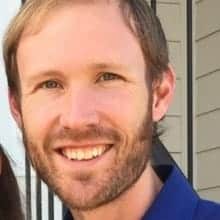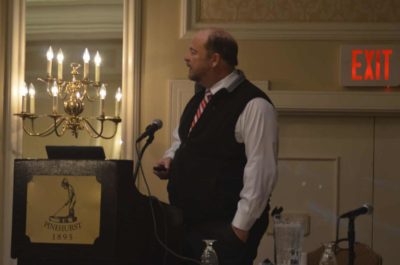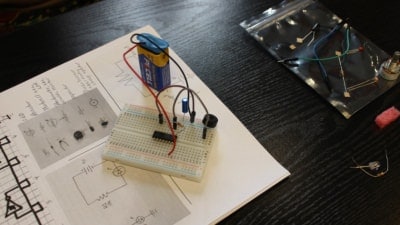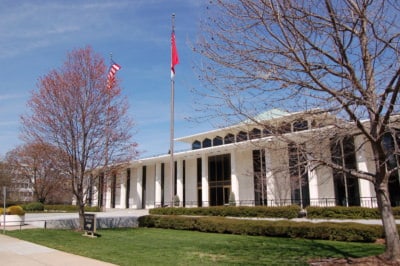I originally became a teacher because I love to learn. I could not wait to have my own classroom where I could directly motivate and inspire my students. This is a common story.
However, I soon discovered I wasn’t providing an authentic learning environment for my students or myself, at least one that honored my love of learning, so I left the profession.
I noticed right away that the traditional top-down classroom structures designed for teachers only transferring curricular knowledge weren’t serving the students in my classroom or me as a professional. I felt like many educators do now, as supported by the Gates Foundation’s study of teacher’s views on their professional development experiences:
- Few teachers are highly satisfied with their professional learning or feel as if it has improved over time, while large majorities believe that current PD offerings don’t support the changing natures of their jobs or work in the way intended when strongly supported by administrators (such as PLCs)
- Both teachers and principals worry about the efficacy of PD offerings
At the same time, data presented in the TNTP Mirage Report supports the fact that too much PD money is spent with little or no evidence of improved effectiveness in student learning.
I believe teachers intuitively know the true nature and goals of learning, and we may recognize that it too often doesn’t happen in schools the way it does in life and work. Like many, my educational experiences in school were generally the same. I went to my first period of many where the teacher explained what we were to learn. I listened to lectures, bit my lip wanting to join the conversation without getting in trouble, completed the worksheets and textbook readings, took the quiz, the test, or the essay prompt, and a numerical grade was assigned to represent my depth of knowledge. Rinse, repeat. The goal was to get the higher grades for a better average by memorizing content for transmitting my knowledge on test questions. My classmates had the exact same experience.
This learning experience ill equips a student to enter the 21st century workforce, university environment, and/or approach meaningful problems and issues encountered in daily life in a democratic society, as much as a teacher’s learning experiences can hinder his/her capacities for creating relevant learning environments for their students, or even deciding to continue trying.
Our school’s story
Fortunately, I have not been in this situation since returning to teaching. For my first three years at Tri-County Early College in Murphy, our staff had both instructional and leadership coaches, regular networking sessions with educators in other schools, and an annual summer institute to facilitate our school’s improvement planning. New Schools, Breakthrough Learning supported all early colleges and other Cooperative and Innovative High Schools in the state in similar ways.
As a result, I have seen promising professional and student-centered learning cultures created by teachers who decide to innovate. Here at TCEC, we have leveraged meaningful professional learning experiences to develop one of the best examples of a learning environment that works for all stakeholders.
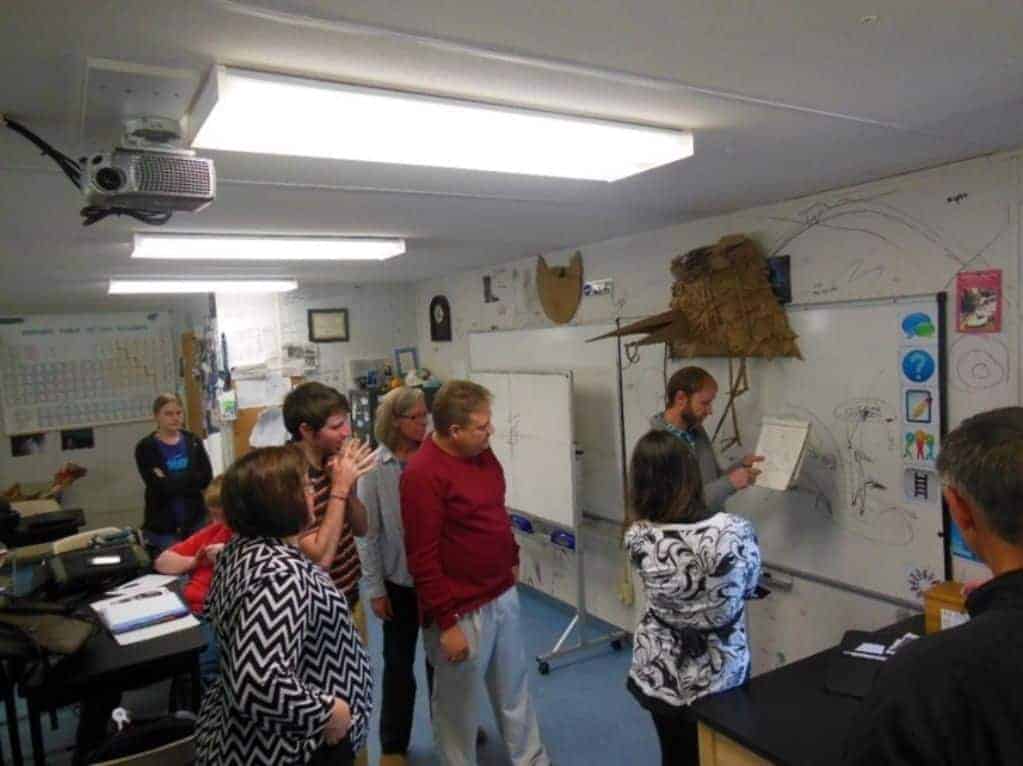

Consider this situation as a reflection of our process. A teacher notices a problem while guiding her students through a common process. She brings up her specific problem at the next teacher’s meeting or Professional Learning Community (PLC). Collaboratively, they research the issue then brainstorm the proper way to introduce it in her particular class. A week later, she reports to her fellow teachers that the idea worked, although she made a couple tweaks and learned something new about a certain student involved. In a short amount of time, she and her colleagues now have a frame of reference with relevant student data for applying the same idea in other situations, with ideas for tweaking based on different circumstances.
This situation probably fits what many of us do to some extent. But does this count toward the continuing education credits we all need? Do you still sit through external PD sessions to get those credits and then incur all its associated costs? What do you do when you are in a rural county and have little access to PD externally? If collaboration is not a structured part of your school’s DNA, the impact of your individual learning sessions on student outcomes can be minimized.
The power of collaboration for innovation
In all professions, we have recognized the power of collaboration in recognizing problems and accelerating innovation. The education sector still struggles with this concept, because our primary job is to teach. And it takes all the time we have to do that well! But allowing educators to discuss their problems of practice in a solutions-oriented, structured collaboration not only impacts student learning. It keeps teachers in the classroom!
For example, I attended the all teacher-led professional learning series entitled Elevating and Celebrating Effective Teachers (ECET) a year ago. There, I worked with other teachers to address our local problems around the achievement gap. We shared our problems, identified patterns and gaps, and developed a timeline of actions for each of us to take back in our schools. Two to three hours of dedicated teacher time provided a year’s worth of impact on students across seven school districts!
This year, I joined the regional western ECET convening and met teachers and administrators in my neck of the woods. We participated in an un-conference where we identified the issues we’re currently facing. In two hour-long sessions, a small group of teachers with an interest in solving similar problems shared best practices, resources, and enthusiasm about the profession! In both of these situations where personalized development is paramount and teachers are trusted as the true professionals they are, I felt and saw more energy and hope around our common duties than anywhere else (with the exception of our school’s teacher meetings!).
Meanwhile, the NC General Assembly has not provided PD monies to any school district in the last few years, even though we know what makes quality development effective (see the previous article for reference to Learning Policy Institute’s data). Meanwhile, the new Every Student Succeeds Act gives states the opportunity to financially support new and effective PD models at the local level.
What can we do?
As a Fellow in the NC Teacher Voice Network and an educator at heart, I’ve listened to teachers’ thoughts about their PD experiences and came away convinced that a traditional, hierarchical model doesn’t support authentic teacher learning, motivate teachers to thrive, or benefit student learning on the scale that we need it.
Please join me and other teachers in renewing that passion that brought us to teaching! We must honor the genuine nature and goals of education by setting high expectations and providing high support through authentic learning experiences, not mandated or brief encounters with issues that don’t naturally arise from our experiences. Let’s tap into the power of professional networks led by teachers, for teachers, and reject the status quo methods and systems that don’t enable a true love of learning.

